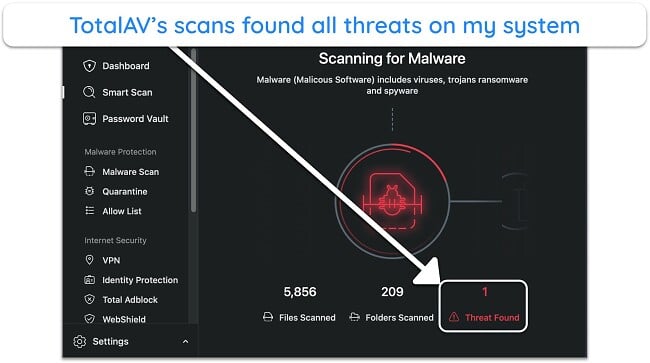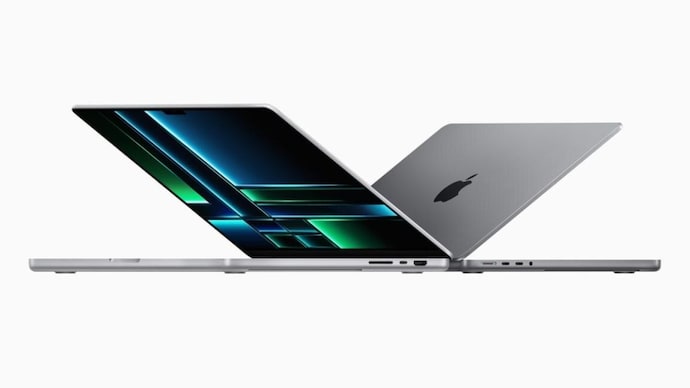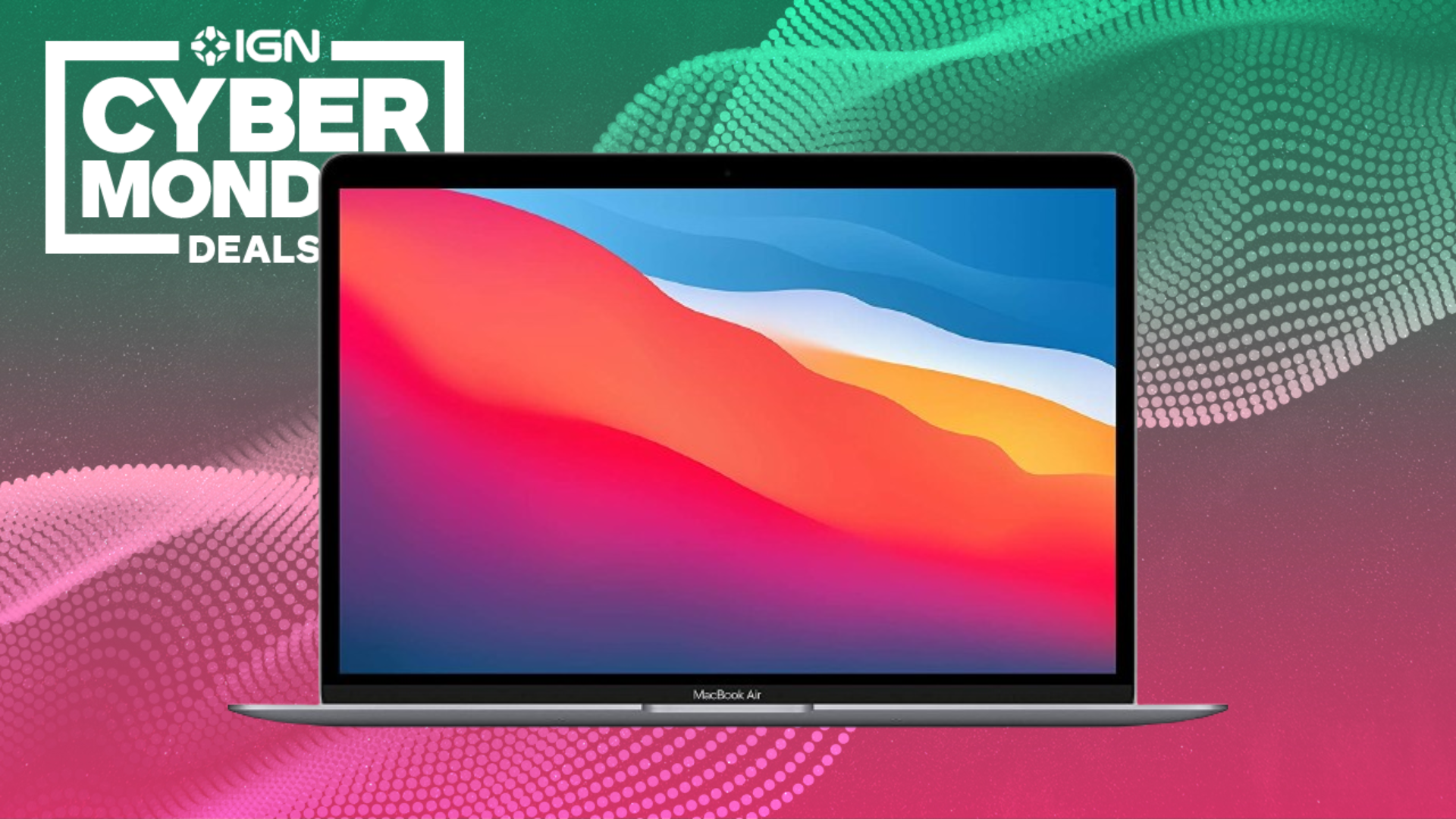
Unlocking the Full Potential of Your Mac – Mastering Security for Peace of Mind
In today’s digital age, owning a Mac isn’t just about having high-performance hardware or stunning aesthetics; it’s also about ensuring that your data and system are secure. With cyber threats evolving rapidly, understanding how to bolster security on your Mac is crucial. This article delves deeply into various aspects of Mac security, offering insights and strategies to enhance your experience.
Mac

When you think about a Mac, you often envision sleek designs, intuitive interfaces, and robust performance. But behind all that beauty lies a complex ecosystem that requires careful consideration regarding its security. Macs have long been celebrated for their lower susceptibility to viruses and malware compared to Windows systems, but that doesn’t mean they are invincible. Cybercriminals now target Macs more frequently as their user base grows, making it essential to remain vigilant.
The foundation of any device’s functionality is its operating system. For Macs, this is macOS, a Unix-based operating system known for its stability and security features. However, with every new iteration of macOS, vulnerabilities may emerge, requiring users to stay updated on patches and best practices.
With the rise in remote work, cloud integrations, and heightened online activities, Macs face increased exposure to various threats. Phishing attacks, ransomware, and spyware are just some of the risks that users encounter daily. Therefore, knowing how to protect your Mac effectively is crucial for maintaining both personal and professional safety.
Understanding the basic components of Mac security can greatly improve your overall experience. It involves not just running antivirus software but also implementing safe browsing practices, utilizing built-in security features, and staying informed about potential threats.
Understanding macOS and Its Security Features
macOS has an array of built-in security features designed to protect users from malicious attacks. These include Gatekeeper, FileVault, and XProtect.
Gatekeeper is particularly vital as it prevents untrusted applications from being installed on your Mac. By default, Gatekeeper allows Apps only from the App Store or identified developers, minimizing the risk of downloading harmful software.
FileVault encrypts the entire disk of your Mac, providing an additional layer of protection against unauthorized access. If your device gets lost or stolen, this feature ensures that your information remains secure.
XProtect is Apple’s built-in antivirus solution that automatically updates itself. It’s designed to identify and block known malware, shielding your Mac from threats without requiring user intervention.
While these features add a layer of protection, relying solely on them isn’t advisable. Users must adopt proactive measures to safeguard their data further.
Customizing Your Security Settings
Customizing your security settings to align with your needs is one of the most effective ways to enhance your Mac‘s security.
Begin by navigating to System Preferences and adjusting the privacy settings. Here, you can control which apps have access to your camera, microphone, and location services, giving you more power over your data.
Consider enabling two-factor authentication for your Apple ID. This extra step adds significant security, ensuring that even if someone obtains your password, they cannot access your account without a verification code sent to your devices.
Additionally, regularly reviewing your app permissions can help you identify and remove unnecessary access privileges. This minimalistic approach to security can greatly reduce the attack surface of your Mac.
Third-Party Applications for Enhanced Protection
While the built-in tools are beneficial, supplementing them with third-party applications can provide added security layers.
Popular antivirus solutions like Norton, Bitdefender, and Malwarebytes offer advanced malware detection and removal capabilities beyond what macOS offers out of the box. These tools often come equipped with additional features like web protection, identity theft protection, and real-time scanning.
Further, consider using a VPN (Virtual Private Network) when connecting to public Wi-Fi networks. A VPN encrypts your internet traffic, ensuring that hackers cannot intercept your data while you’re online.
Choosing the right applications and using them wisely can create an impenetrable fortress around your Mac.
Security

As technology advances, so do the tactics employed by cybercriminals. The concept of security goes beyond mere software installations; it encapsulates adopting a comprehensive mindset toward safeguarding your data.
Security is not just about defending against external attacks; it’s also about managing internal risks. Many breaches occur due to human error rather than sophisticated hacking attempts. Misplacing sensitive files or falling prey to phishing emails can jeopardize personal information and corporate data.
The importance of security cannot be overstated. With everything from online banking to social media happening on our devices, we need to take steps to ensure our devices remain secure.
Recognizing Common Threats
Every day, numerous threats lurk in the digital world, waiting for unsuspecting users. Recognizing these threats is the first step in protecting yourself.
Phishing attacks are among the most common threats targeting Mac users. These scams trick users into revealing sensitive information, such as passwords or financial details, by posing as legitimate organizations. Always scrutinize email addresses and URLs before clicking on links or downloading attachments.
Another prevalent threat is ransomware. This malicious software encrypts your files and demands payment for decryption. Ransomware can infiltrate your system through innocent-looking downloads or compromised websites. Ensuring that your Mac is regularly backed up can mitigate the impact of such attacks, allowing you to restore your files without succumbing to ransom demands.
Adopting a cautious mindset and educating yourself about common threats can go a long way in fortifying your security.
Implementing Best Practices
Building a culture of security requires incorporating best practices into your daily routine.
Start with regular software updates. Software developers continuously patch vulnerabilities and improve security protocols. Enabling automatic updates on your Mac ensures that your system runs on the latest versions, minimizing exposure to known vulnerabilities.
Utilizing strong, unique passwords for different accounts is another essential practice. Password managers can assist in generating and storing complex passwords securely. Avoid reusing passwords across multiple platforms, as this can lead to a domino effect of breaches if one account gets compromised.
Moreover, consider locking your screen when leaving your Mac unattended. This simple action can prevent unauthorized access and protect your sensitive data from prying eyes.
Staying Informed About Emerging Threats
The cybersecurity landscape is ever-changing, making it necessary for Mac users to stay informed about emerging threats and trends.
Follow reputable cybersecurity blogs, subscribe to newsletters, and participate in online forums discussing current issues. Being informed can help you anticipate potential threats and adapt your security measures accordingly.
Engaging with communities focused on security, such as Reddit’s r/cybersecurity or tech-focused Discord groups, can provide insights and tips from other users experiencing similar challenges.
Additionally, attending webinars and workshops can deepen your understanding of cybersecurity issues, empowering you to take proactive steps in securing your Mac.
Security Bite

The phrase “Security Bite” symbolizes the importance of digestible yet impactful snippets of security information. Just as a bite of food nourishes you, small pieces of security knowledge can significantly enhance your protection and enable you to navigate the digital landscape confidently.
Striking a balance between being tech-savvy and aware of potential pitfalls is crucial in today’s digital world. Embracing the concept of Security Bite means recognizing that security doesn’t have to be overwhelming; instead, it can be manageable and even straightforward.
Essential Tips for Everyday Security
Integrating Security Bite principles into your life entails adopting simple yet effective practices.
For starters, always log out of sensitive accounts when you’re finished using them. This habit can prevent unauthorized access, especially in shared environments.
Utilize privacy settings on social media platforms to control who sees your posts and personal information. Limiting your digital footprint can significantly reduce the risk of identity theft or unwanted attention from cybercriminals.
Encourage family members or colleagues to adopt similar practices, fostering a collective sense of responsibility towards security. The more people understand and prioritize security, the safer everyone will be.
Evaluating the Role of Hardware Security
Beyond software, hardware security plays a pivotal role in protecting your Mac.
Feature-rich Macs include Touch ID and T2 security chips that enhance user authentication and secure data encryption. Familiarize yourself with these features and use them to your advantage.
Moreover, invest in physical security measures. If you frequently work in public spaces, consider using a lock cable to secure your Mac to a stationary object. This practice can deter opportunistic thieves and safeguard your investment.
Lastly, keep your Mac clean and clutter-free. Not only does this improve its performance, but it also minimizes the potential points of failure related to hardware interactions.
The Importance of Digital Hygiene
Digital hygiene encompasses a series of practices that contribute to your security.
Regularly decluttering your device by deleting unused applications and old files helps maintain optimal performance and reduces vulnerability to attacks.
Equally important is the management of browser extensions. While they can enhance productivity, they may also expose your Mac to risks. Periodically review and disable unnecessary extensions to minimize potential entry points for malware.
Establishing a routine for digital maintenance ensures that your Mac remains secure and efficient over time.
Conclusion
Protecting your Mac is not just a responsibility—it’s a necessity. By investing time and effort into understanding the intricacies of security, you empower yourself to enjoy your device fully while minimizing risks. From recognizing common threats to implementing best practices and embracing the concept of Security Bite, each step you take reinforces your defenses against potential attacks.
In an age where our lives are increasingly intertwined with technology, taking proactive measures to secure your Mac results in peace of mind, allowing you to focus on what matters most. Empower yourself with knowledge, stay vigilant, and remember: security is not a destination but a continuous journey.




